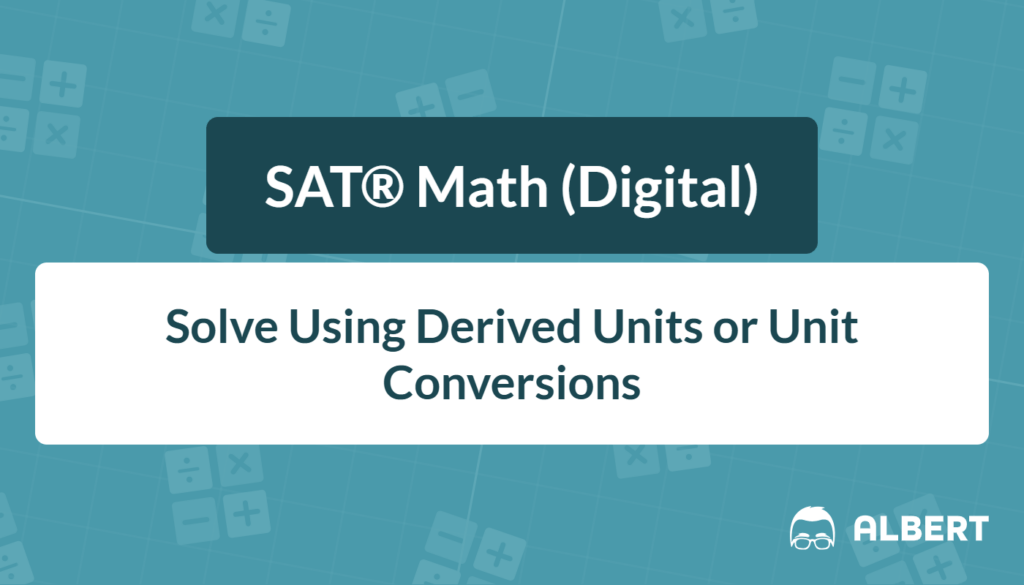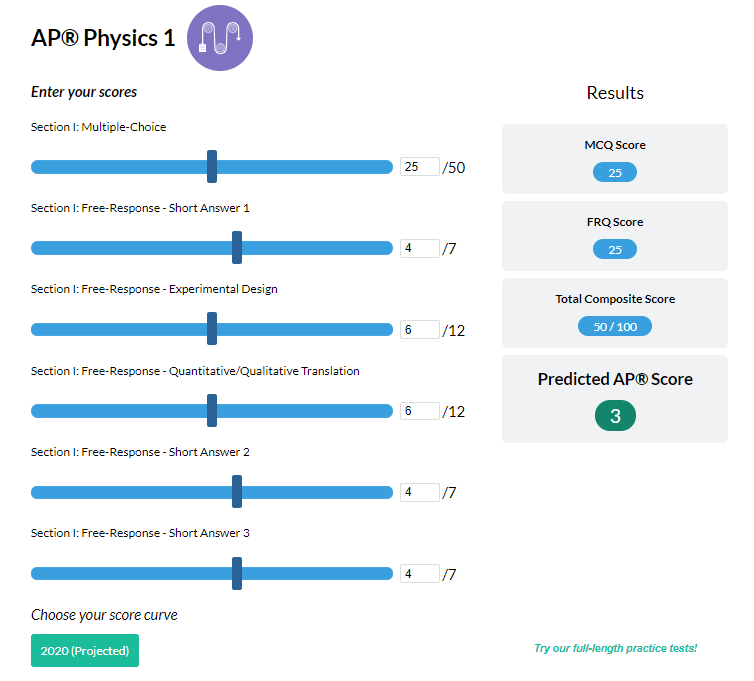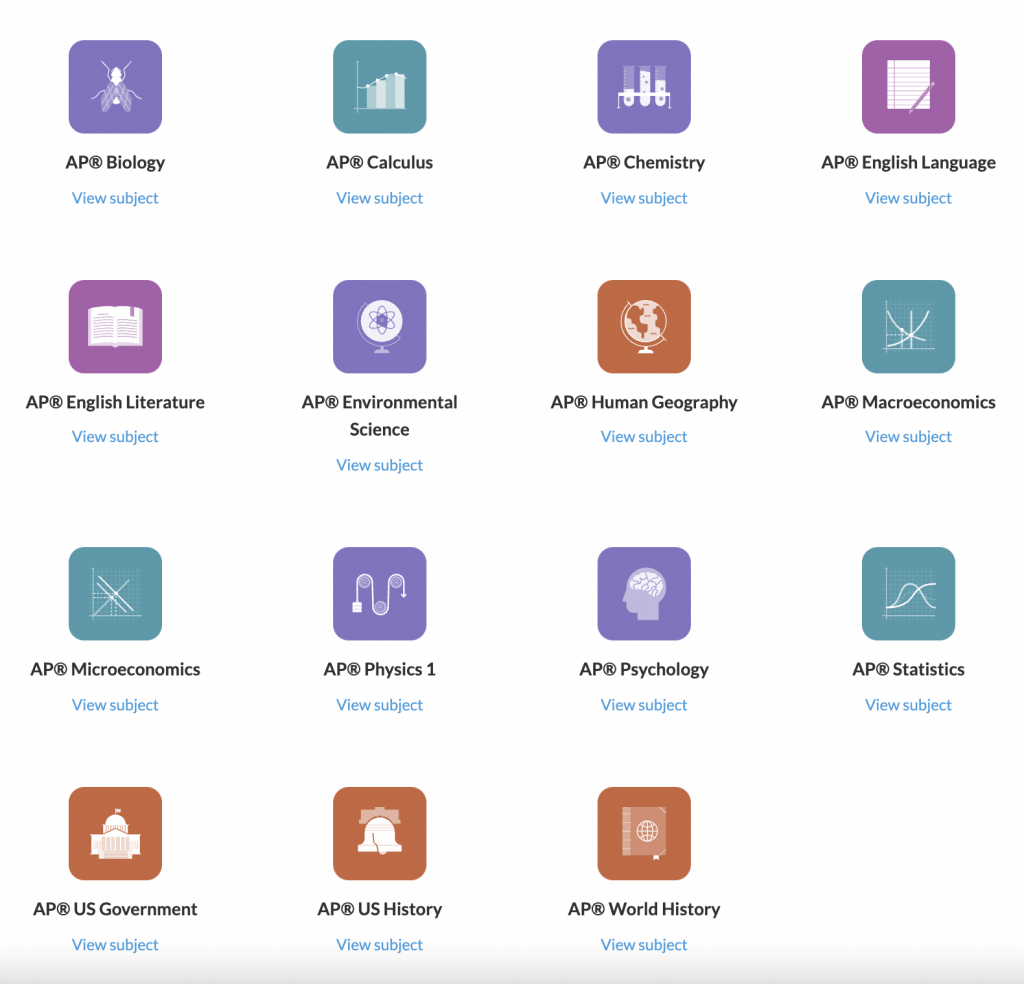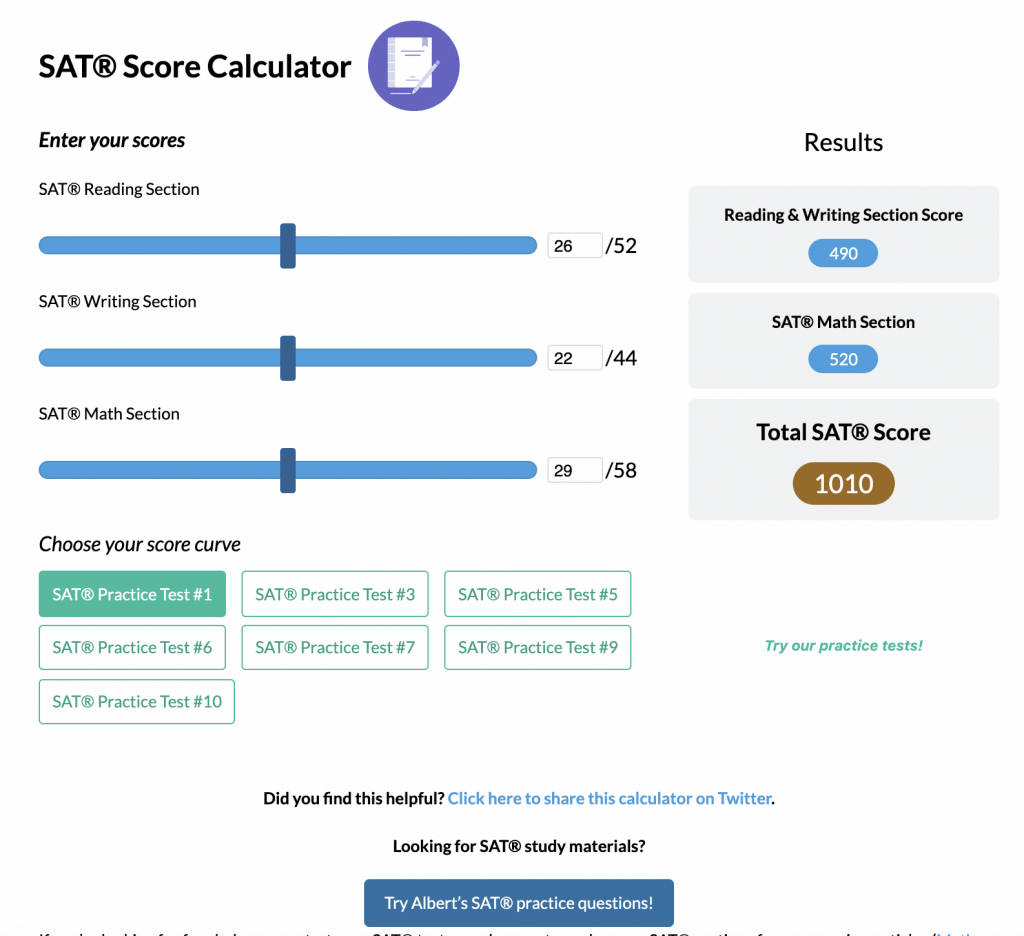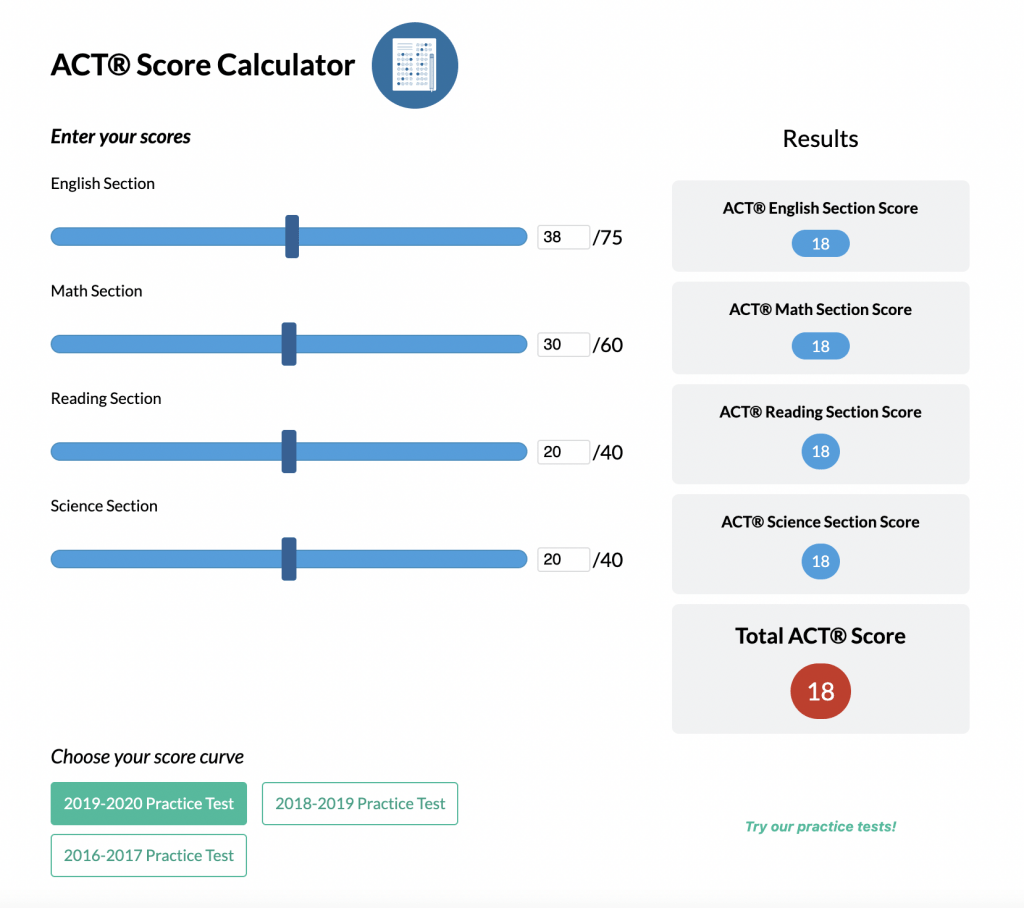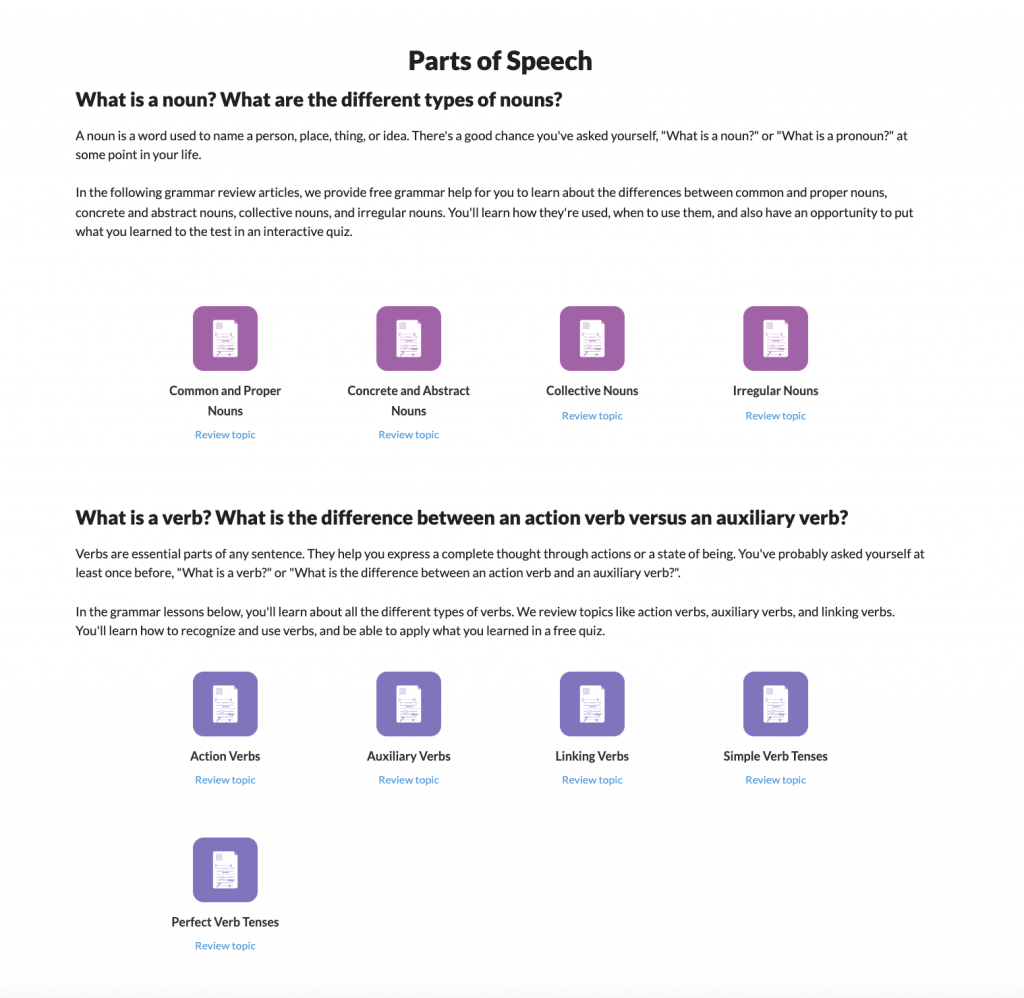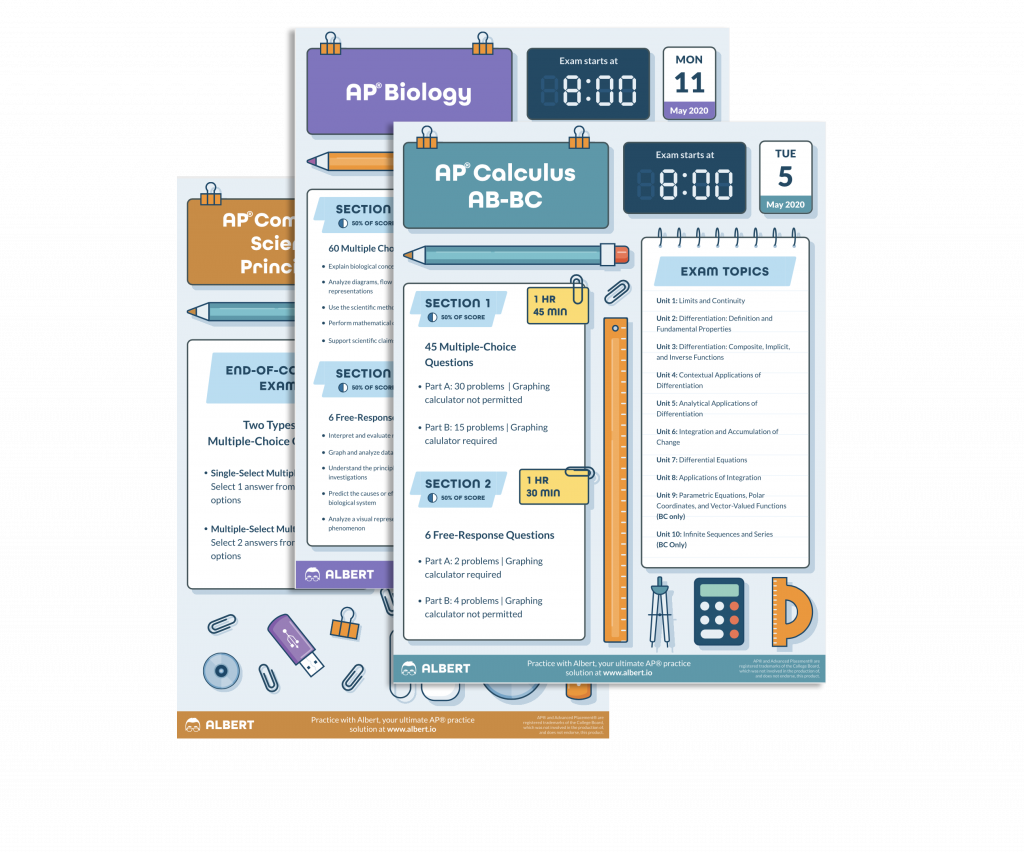High school students often lose easy points on the SAT® Math section not because of difficult algebra, but because the problem hides simple numbers behind strange labels like “kilowatt-hours” or “EUR per liter.” However, a solid grasp of unit conversion and how to handle derived units can turn intimidating word problems into quick points. This study guide reviews key ratio ideas, exposes common traps, and provides clear, step-by-step examples.
What We Review
Introduction – Why Unit Conversions Matter on the SAT®
Many SAT® questions test proportional relationships, but dress them up in unfamiliar units. Therefore, every student should practice:
- Reading ratios and rates with units attached
- Building derived units such as population density
- Converting smoothly between metric, U.S. customary, and even currencies
The goals below will keep things organized:
- Refresh ratios, rates, and scale factors
- Define and use derived units
- Tackle single-step and multi-step conversions
- Provide a quick-look vocabulary chart for last-minute review
Ratios, Rates, & Proportional Relationships
Key Ideas
- Ratio: A comparison of two quantities with the same units
- Rate: A comparison of two quantities with different units
- Constant of proportionality: The multiplier that links two proportional quantities
- Scale factor: The constant ratio between corresponding lengths in similar figures
Because ratios link directly to fractions, most SAT® problems in this area reduce to cross-multiplication once units match.
Example: Basic Proportion
A recipe uses 3 cups of flour for every 2 cups of sugar. How many cups of flour are needed for 5 cups of sugar?
Step-by-Step Solution
| Step | Reason |
|---|---|
| \dfrac{3\text{ cups flour}}{2\text{ cups sugar}} = \dfrac{x\text{ cups flour}}{5\text{ cups sugar}} | Write the proportion |
| 3 \cdot 5 = 2 \cdot x | Cross-multiply |
| 15 = 2x | Simplify both sides |
| x = \dfrac{15}{2} = 7.5 | Solve for x |
| 7.5 cups of flour | Final answer with units ✅ |
SAT® Pitfalls to Avoid
- Mixing up part-to-part with part-to-whole ratios
- Dropping units mid-calculation, leading to inverted answers
Derived Units — Products & Quotients
What Is a Derived Unit?
A derived unit comes from multiplying or dividing two base units.
- Product example: kilowatt-hour (kWh) = power in kilowatts × time in hours
- Quotient example: population density = people ÷ area
Real-World SAT® Contexts
- Electric bills (kWh)
- Fuel efficiency (miles per gallon)
- Packing density (boxes per cubic meter)
Example: Product Unit
A household uses 900 kWh of energy in 30 days. What is the average power in watts?
- Convert kilowatt-hours to watt-hours:
- 900\text{ kWh}=900 \times 1000 = 900{,}000\text{ Wh}
- Convert days to hours:
- 30\text{ days} = 30 \times 24 = 720\text{ h}
- Average power:
- \dfrac{900,000\text{ Wh}}{720\text{ h}} = 1250\text{ W}
- Therefore, the average power is 1{,}250 watts.
Example: Quotient Unit
Town A has 12{,}000 residents and covers 15 square miles. What is the population density in residents per square kilometer? (1\text{ mi}^2 ≈ 2.59\text{ km}^2)
- Population density in square miles:
- \dfrac{12,000\text{ residents}}{15\text{ mi}^2} = 800\text{ residents/mi}^2
- Convert the area:
- 1\text{ mi}^2 = 2.59\text{ km}^2
- Density in square kilometers:
- 800\text{ residents/mi}^2 \cdot \dfrac{1\text{ mi}^2}{2.59\text{ km}^2} \approx 309\text{ residents/km}^2
Therefore, the density is about 309 residents per square kilometer.
Quick Tips
- Keep the numerator and denominator units visible at every stage.
- If the final unit is a quotient, write a “/” early and fill in later.
Unit Conversions — Single-Step & Multi-Step
Same-System Conversions
Metric prefixes:
- kilo- means 10^3
- centi- means 10^{-2}
U.S. customary examples:
- 12\text{ in} = 1\text{ ft}
- 3\text{ ft} = 1\text{ yd}
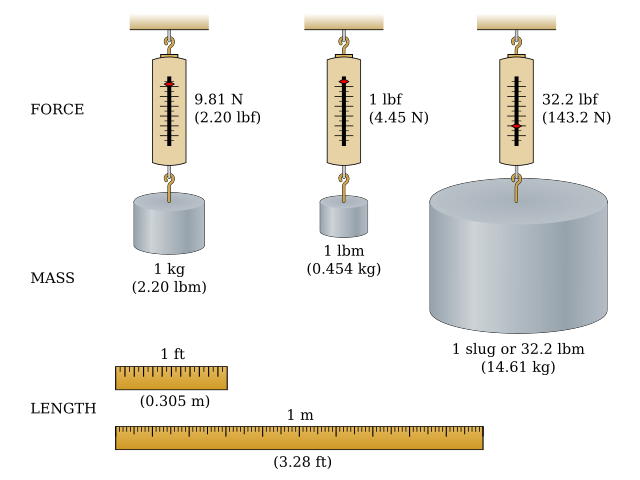
Cross-System Conversions
The SAT® provides common links such as 1\text{ inch} = 2.54\text{ cm}. Use them exactly, and avoid rounding too early.
Currency Exchange Conversions
If the test states “1\text{ USD} = 0.92\text{ EUR},” then:
\dfrac{0.92\text{ EUR}}{1\text{ USD}}
…is the conversion factor. You should invert only if you’re converting the opposite way.
Example: Multi-Step
Convert 60 mi/h to meters per second. (1\text{ mi} = 1.609\text{ km}, 1\text{ km} = 1000\text{ m})
Starting fraction:
\dfrac{60\text{ mi}}{1 \text{h}}
Miles → kilometers:
\dfrac{60\text{ mi}}{1 \text{h}}\cdot\dfrac{1.609\text{ km}}{1\text{ mi}}
Kilometers → meters:
\dfrac{60\text{ mi}}{1 \text{h}}\cdot\dfrac{1.609\text{ km}}{1\text{ mi}}\cdot\dfrac{1000\text{ m}}{1\text{ km}}
Hours → seconds:
\dfrac{60\text{ mi}}{1 \text{h}}\cdot\dfrac{1.609\text{ km}}{1\text{ mi}}\cdot\dfrac{1000\text{ m}}{1\text{ km}}\cdot\dfrac{1\text{ h}}{3600\text{ s}} \approx 26.82\text{ m/s}
Therefore, 60 mi/h is about 26.8 m/s.
Common Errors & Fixes
- Error: Inverting the conversion ratio.
- Fix: Place the unit you want to cancel opposite its position in the fraction.
- Error: Rounding midway.
- Fix: Keep at least three significant digits until the last step.
Scale Drawings & Scale Factor Problems
Definition of Scale Drawing
A scale drawing is a reduced or enlarged representation where every length is multiplied by the same scale factor.
Finding Actual Lengths from Maps/Blueprints
If 1 cm on the map equals 8 km in the real world, then the scale factor is 1:800{,}000 (because 1\text{ cm} = 0.00001\text{ km}). However, dealing in consistent units is simpler.
Example: Scale on a Map
On a map, 1 cm represents 8 km. Two towns are 7.5 cm apart on the map. How far apart are they in kilometers?
| Step | Reason |
|---|---|
| \dfrac{1\text{ cm}}{8\text{ km}} = \dfrac{7.5\text{ cm}}{x\text{ km}} | Set the proportion based on scale |
| 1 \cdot x = 8 \cdot 7.5 | Cross-multiply |
| x = 60 | Solve for x |
| The towns are 60 km apart. | Final answer with units ✅ |
Linking Back to Proportions
Because every scale drawing question is essentially a proportion, the same unit-labeling skills learned earlier apply here.
Mixed Practice — Putting It All Together
SAT®-Style Challenge Problem
A bottled-water plant fills 0.75-liter bottles. The plant produces 12{,}000 bottles per hour. Electricity costs \$0.13 per kWh, and the production line draws a constant 18 kW. If the plant runs for 6 hours, what is the electricity cost per liter of water produced?
(1\text{ liter} ≈ 1 \text{kg} of water for weight, but that’s not needed here.)
Solution
Total bottles:
\dfrac{6\text{ h}}{1} \cdot \dfrac{12{,}000\text{ bottles}}{1\text{ h}}
Total liters:
\dfrac{6\text{ h}}{1} \cdot \dfrac{12{,}000\text{ bottles}}{1\text{ h}} \cdot \dfrac{0.75\text{ L}}{\text{ bottle}} = 54{,}000\text{ L}
Energy used:
18\text{ kW} \cdot 6\text{ h} = 108\text{ kWh}
Cost of energy:
108\text{ kWh} \cdot \$0.13/\text{kWh} = \$14.04
Cost per liter:
\dfrac{\$14.04}{54,000\text{ L}} \approx \$0.00026/\text{L}
Therefore, the electricity cost is about \$2.6 × 10^{-4} per liter.
Take-Aways
- Write a “unit roadmap” before calculating.
- Box the final answer with units for clarity.
Quick Reference Chart
| Term | Definition | SAT® Hint |
| Ratio | Comparison of two quantities with the same units | Write as a fraction like \dfrac{a}{b} |
| Rate | Comparison of two quantities with different units | Keep units in the numerator & denominator |
| Derived Unit | a unit formed by multiplying or dividing base units | Examples: \text{m/s}, \text{kWh} |
| Kilowatt-hour | Energy = power (kW) × time (h) | Convert to Wh by ×1,000 if needed |
| Population Density | People per area | Convert the area before dividing |
| Scale Factor | Constant ratio between similar figures | Use cross-multiplication on lengths |
| Conversion Factor | A fraction equal to 1 that changes units | Place the unwanted unit opposite to cancel |
| Dimensional Analysis | Technique of multiplying by conversion factors to change units | Write every step to avoid inversions |
Final Thoughts & Next Steps
Unit conversions and derived units pop up in geometry, algebra, and data-analysis questions on the SAT®. The biggest ideas are simple: treat every ratio as a fraction, label units at each step, and postpone rounding until the end. Next, practice under timed conditions using official SAT® materials. Ready to level up? Try the free bank of SAT® Math practice questions that cover every major conversion scenario and watch those easy points add up.
Sharpen Your Skills for SAT® Math (Digital)
Are you preparing for the SAT® Math (Digital) test? We’ve got you covered! Try our review articles designed to help you confidently tackle real-world SAT® Math (Digital) problems. You’ll find everything you need to succeed, from quick tips to detailed strategies. Start exploring now!
Need help preparing for your SAT® Math (Digital) exam?
Albert has hundreds of SAT® Math (Digital) practice questions, free response, and full-length practice tests to try out.

